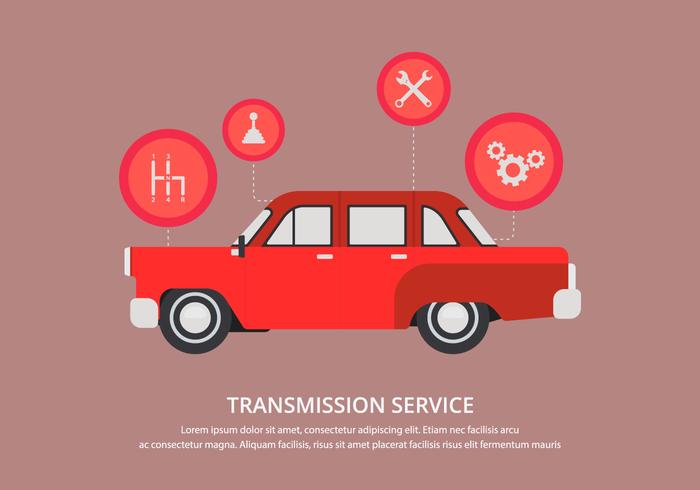Seeking Quality On The Warning Lights Presented On Your Cars And Truck'S Control Panel? Find Out How They Relate To Your Lorry'S Health And Safety
Seeking Quality On The Warning Lights Presented On Your Cars And Truck'S Control Panel? Find Out How They Relate To Your Lorry'S Health And Safety
Blog Article
Authored By-Vinson Corbett
When you're behind the wheel, those beautiful caution lights on your control panel can be a bit bewildering. Do you understand what they're trying to tell you concerning your vehicle's wellness? Comprehending the relevance of these lights is crucial for your safety and the durability of your vehicle. So, the following time among those lights appears, wouldn't you want to decode its message properly and take the necessary steps to address it?
Common Caution Lights and Interpretations
Determine typical warning lights in your auto and understand their meanings to guarantee safe driving.
The most regular caution lights include the check engine light, which indicates issues with the engine or discharges system. If this light comes on, it's important to have your vehicle inspected without delay.
The oil pressure alerting light suggests low oil stress, requiring instant interest to stop engine damages.
A blinking battery light could suggest a malfunctioning billing system, potentially leaving you stranded otherwise addressed.
The tire stress surveillance system (TPMS) light alerts you to reduced tire pressure, influencing automobile security and fuel efficiency. Neglecting https://www.globenewswire.com/news-release/2021/12/21/2355739/0/en/Meineke-Auto-Repair-Care-Center-in-Gilbert-Announces-New-Website.html can bring about risky driving problems.
The abdominal muscle light shows an issue with the anti-lock stopping system, jeopardizing your capability to stop promptly in emergency situations.
Finally, the coolant temperature level alerting light warns of engine getting too hot, which can result in serious damages otherwise settled promptly.
Understanding these usual caution lights will aid you address issues immediately and maintain risk-free driving problems.
Importance of Prompt Attention
Understanding the common warning lights in your cars and truck is only the initial step; the importance of without delay attending to these cautions can't be highlighted enough to guarantee your safety and security when driving.
When a caution light brightens on your control panel, it's your auto's way of interacting a possible concern that requires focus. Overlooking these warnings can result in much more serious problems later on, endangering your safety and security and potentially costing you a lot more in repairs.
Trigger attention to cautioning lights can avoid failures and accidents. For instance, a flashing check engine light could show a misfire that, if left neglected, could trigger damage to the catalytic converter. Addressing this without delay can conserve you from a pricey repair service.
In a similar way, a brake system warning light may indicate reduced brake fluid or worn brake pads, essential elements for your safety when driving.
Do It Yourself Troubleshooting Tips
If you see a warning light on your dashboard, there are a few DIY troubleshooting suggestions you can try prior to seeking specialist help.
The initial step is to consult your cars and truck's handbook to recognize what the specific caution light shows. Often the problem can be as straightforward as a loosened gas cap triggering the check engine light. Tightening the gas cap may solve the issue.
Another typical concern is a reduced battery, which can set off numerous cautioning lights. Inspecting the battery links for rust and guaranteeing they're safe may fix the trouble.
If a caution light continues, you can attempt resetting it by separating the automobile's battery for a couple of minutes and afterwards reconnecting it. In addition, checking your vehicle's liquid degrees, such as oil, coolant, and brake fluid, can aid repair alerting lights associated with these systems.
Verdict
In conclusion, comprehending your cars and truck's warning lights is vital for maintaining your car running efficiently and securely. By quickly dealing with these alerts and recognizing what they imply, you can stay clear of costly repairs and possible breakdowns.
Keep in car detailing training to consult your cars and truck's manual for specific details on each cautioning light and act accordingly to ensure a trouble-free driving experience.
Keep informed, stay secure when driving!
